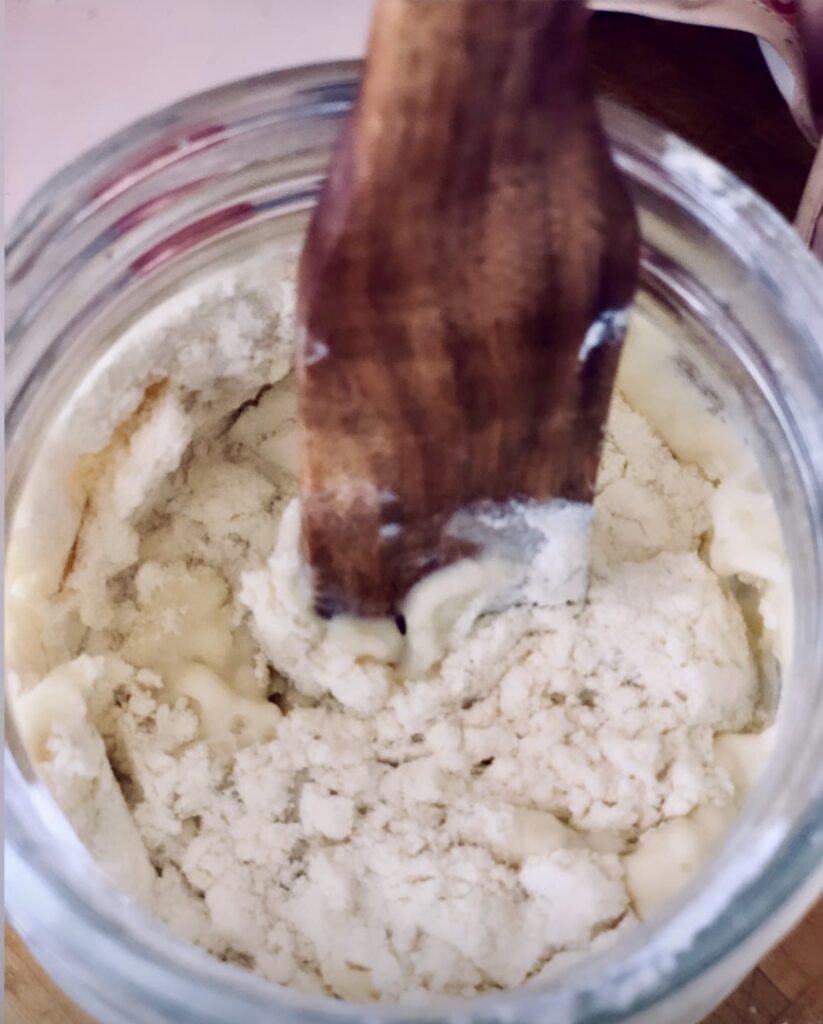
Keeping Your Sourdough Starter Healthy and Happy
The art of Sourdough baking is a delightful journey that starts with a lively sourdough starter. Maintaining this starter is crucial for consistently successful baking and delicious bread. Proper care and feeding of your starter will ensure it remains active and healthy for years to come. This post will guide you through the essentials of sourdough maintenance, including feeding schedules, storage options, troubleshooting, and practical tips.
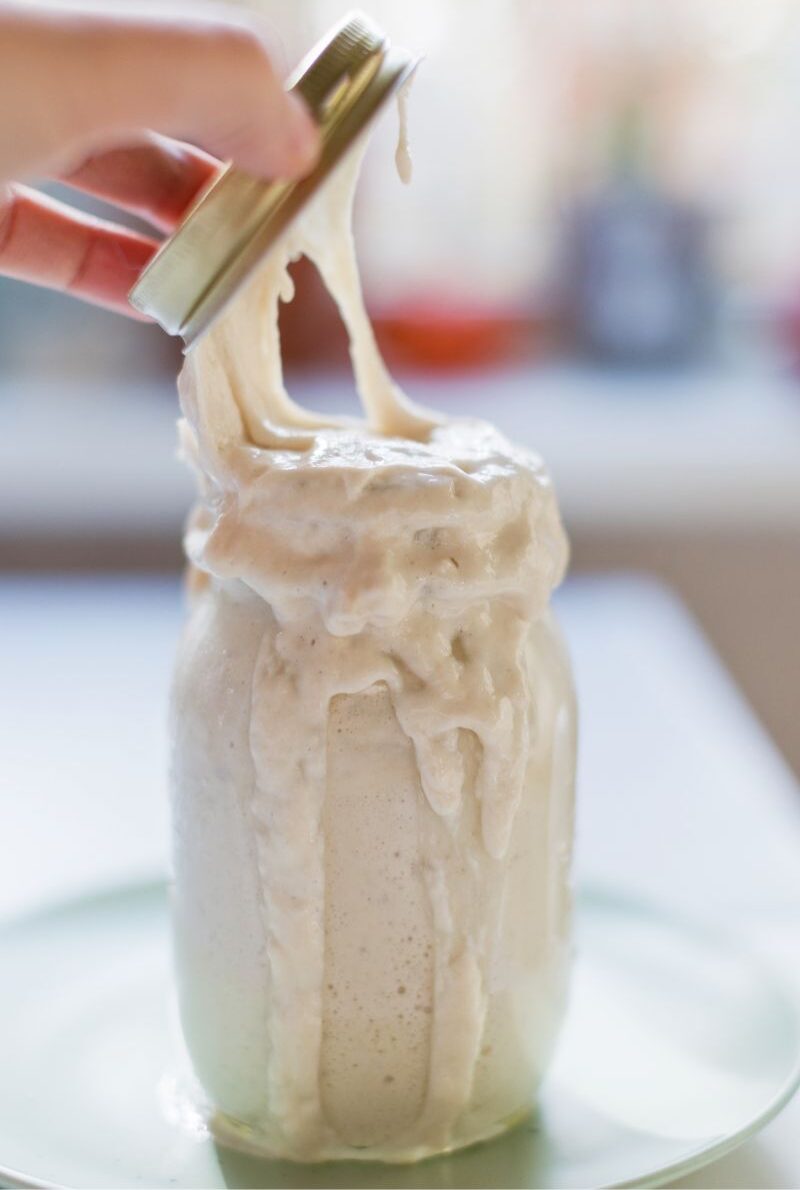
What is a Sourdough Starter?
A sourdough starter is a living culture of flour and water inhabited by wild yeast and beneficial bacteria. This natural fermentation process is the key to the unique flavor and texture of sourdough bread. Once established, a starter can be kept indefinitely with regular feedings.
Feeding Your Sourdough Starter
To keep your sourdough starter active and healthy, regular feedings are essential.
Here’s how to do it:
Ingredients
- Flour (all-purpose, bread or whole grain)
- Water (filtered or dechlorinated)
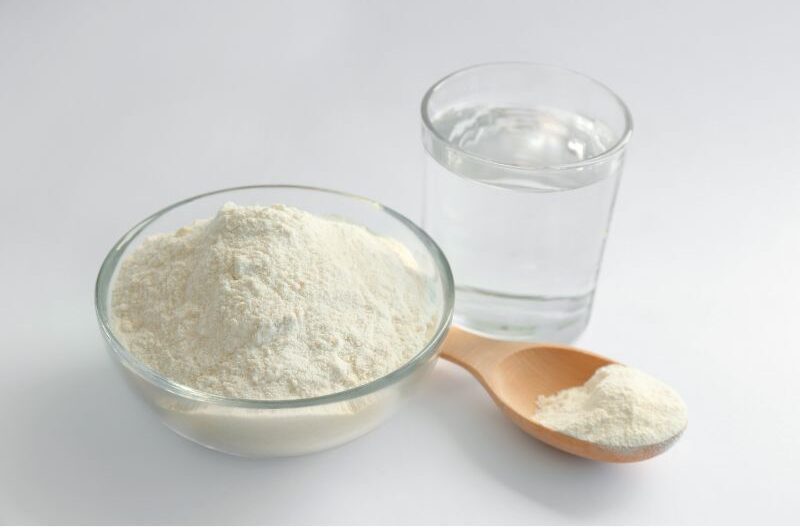
Basic feeding routine
1. Measure:
- Discard all but 1/2 cup (about 120 grams) of the starter(How to make Sourdough Starter)
- To the remaining starter, add equal parts flour and water by weight. For example, 100 grams of flour and 100 grams of water
2. Mix:
- Stir the mixture thoroughly until well combined
- The consistency should be like a thick batter
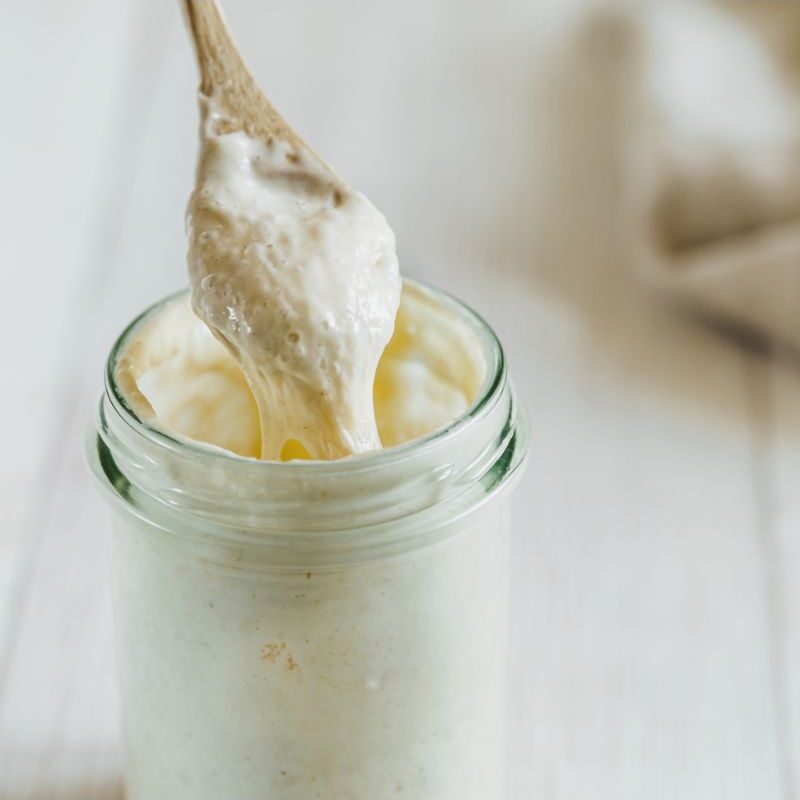
3. Cover:
- Cover loosely with a lid or cloth to allow airflow but prevent contaminants
4. Ferment:
- Let the starter sit at room temperature for 4-6 hours until bubbly and active
- If storing long-term, refrigerate after this period
Feeding frequency
- Room Temperature: Feed every 12 hours.
- Refrigerator Storage: Feed once a week.
Storing Your Sourdough Starter
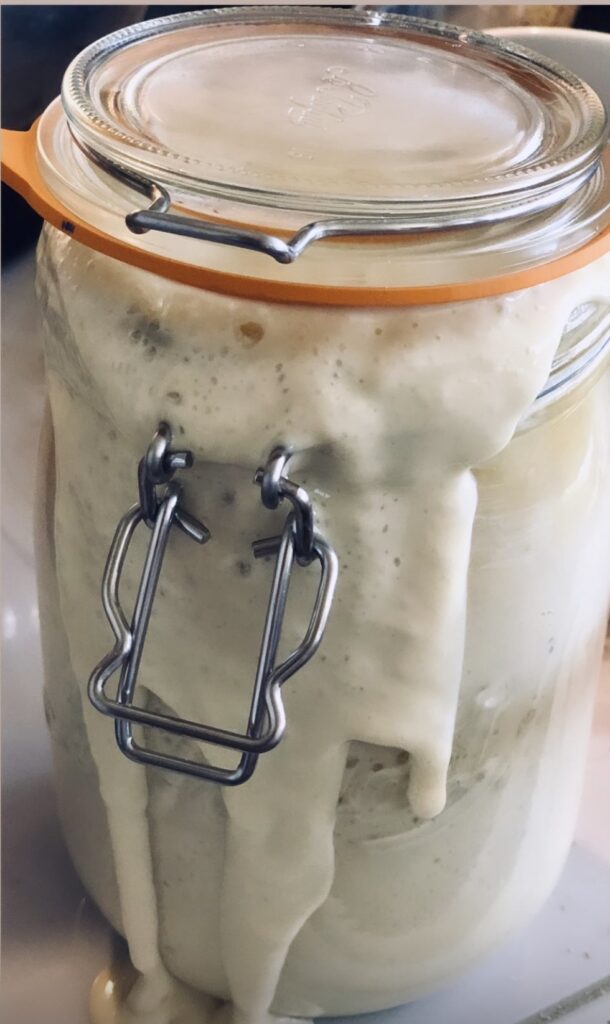
Short-Term Storage:
Room Temperature: Keep your starter at room temperature if you bake daily or every other day. This requires twice-daily feedings.
Long-Term Storage:
Refrigerator: For less frequent baking, store your starter in the fridge. Feed it, let it become active, then refrigerate. Feed once a week to maintain health.
Freezer: For extended breaks, freeze your starter. Feed and let it become active, then spread a thin layer on parchment paper and freeze. Break into pieces and store in an airtight container. Thaw and revive with regular feedings when ready to use.
Reviving a Dormant Starter
If your starter has been inactive for a while, it may need a little extra care to become fully active again.
here’s how to revive it
1. Remove from Storage
– If refrigerated, bring the starter to room temperature.
2. Feed Regularly:
– Discard all but 1/2 cup of the starter.
– Feed with equal parts flour and water by weight (e.g., 100 grams each).
– Repeat this feeding every 12 hours until the starter is bubbly and doubles in size within 4-6 hours.

Troubleshooting Common Issues
1. Starter Isn’t Rising:
– Cause: Weak yeast activity, cold environment, or incorrect feeding ratios.
– Solution: Ensure room temperature is between 70-75°F (21-24°C). Feed with equal parts flour and water by weight and repeat until active.
2. Hooch Formation (Liquid on Top):
– Cause: Starter is hungry and needs feeding.
– Solution: Stir in the hooch or pour it off, then feed the starter.
3. Unpleasant Odor:
– Cause:Overdue feeding or contamination.
– Solution: Discard all but 1/2 cup of the starter and feed it. Repeat until the smell is pleasant and tangy.
4. Mold Growth:
– Cause: Contamination or inadequate cleaning.
– Solution: If mold appears, discard the starter and start fresh. Clean the container thoroughly before reusing.
Practical Tips for Sourdough Maintenance
1. Use Clean Utensils: Always use clean, non-metallic utensils and containers to prevent contamination.
2. Consistent Feeding Schedule: Stick to a regular feeding schedule to keep your starter healthy and predictable.
3. Hydration Level: Maintain a consistent hydration level (equal parts flour and water by weight) for the best results.
4. Temperature Control: Keep your starter in a stable environment, ideally between 70-75°F (21-24°C).
5. Labeling: If you have multiple starters, label them with feeding dates and flour types to stay organized.
Epilogue
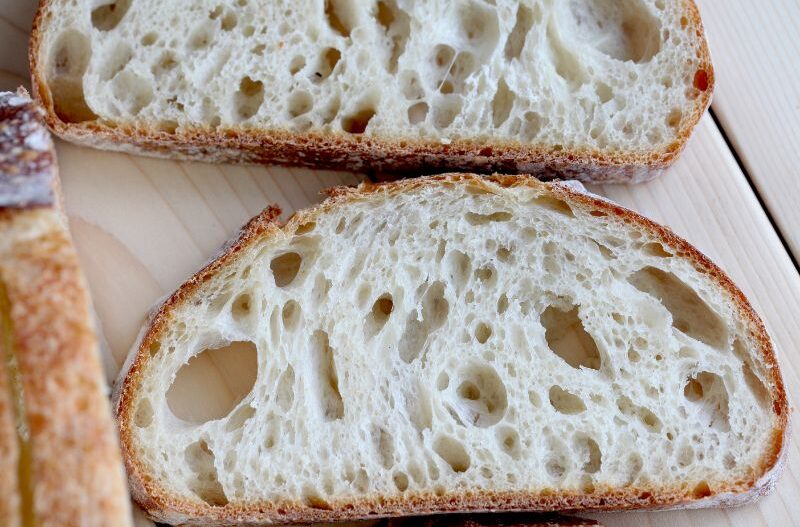
Maintaining a sourdough starter is a rewarding practice that ensures a continuous supply of delicious homemade bread. With regular feeding, proper storage, and attentive care, your starter can thrive and provide you with countless loaves of sourdough bread. Whether you’re an occasional baker or a sourdough enthusiast, following these guidelines will help you keep your starter healthy and active for years to come.
Happy baking!
Shop this post
**This post may contain affiliate links, which means I make a small commission at no extra cost to you**